20 Foods You Thought Were Bad—But Are Actually Healthy

Some foods get a bad rap—but they don’t always deserve it. While trends and headlines may call them unhealthy, science says otherwise.
These 20 options are packed with nutrients, fiber, or healthy fats that can support a balanced diet.
It’s time to rethink old food fears and rediscover what’s actually good for you.
1. Potatoes
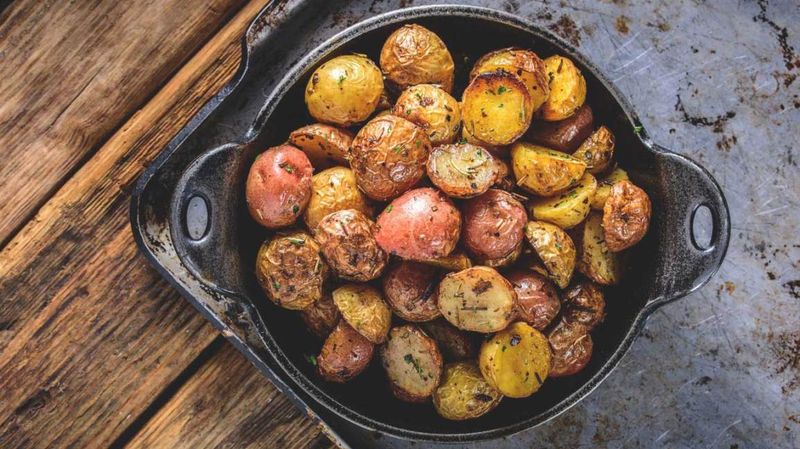
Often labeled a “bad carb,” potatoes are actually full of potassium, vitamin C, and fiber—especially when eaten with the skin. They’re naturally fat-free and surprisingly filling.
Boiled, roasted, or baked, they can be part of a nutritious meal when not smothered in butter or fried. Their versatility makes them easy to enjoy healthfully.
2. Whole Eggs
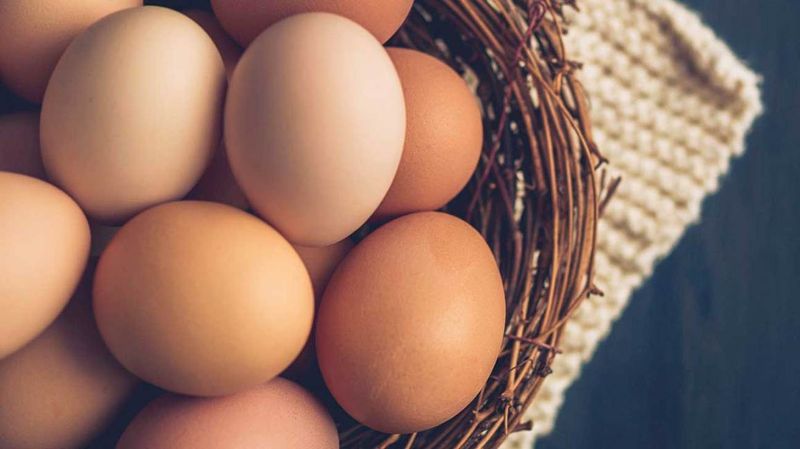
For years, eggs were blamed for cholesterol problems, but current research shows they don’t raise heart disease risk in healthy people. The yolk contains choline, a brain-boosting nutrient.
Eggs are a complete protein source, packed with B vitamins and antioxidants. A breakfast hero that deserves a spot back on your plate.
3. Peanut Butter
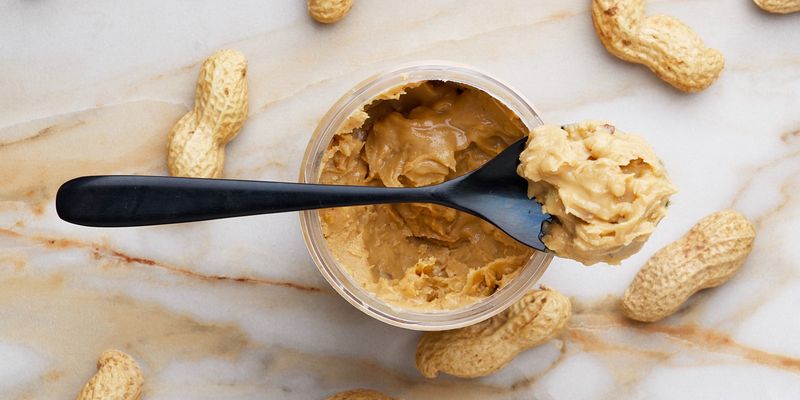
Yes, it’s calorie-dense, but natural peanut butter is full of healthy fats, plant-based protein, and magnesium. It keeps you satisfied longer than sugary spreads.
Choose versions with no added oils or sugar, and spread it on toast, apples, or oats. It’s both comforting and nourishing.
4. Popcorn (Air-Popped)

When it’s not drenched in butter and salt, popcorn is a whole grain rich in fiber and antioxidants. It’s surprisingly low in calories.
Air-popped popcorn makes a crunchy, satisfying snack that supports digestion and keeps hunger at bay. Skip the movie theater butter, and it’s a win.
5. Full-Fat Yogurt
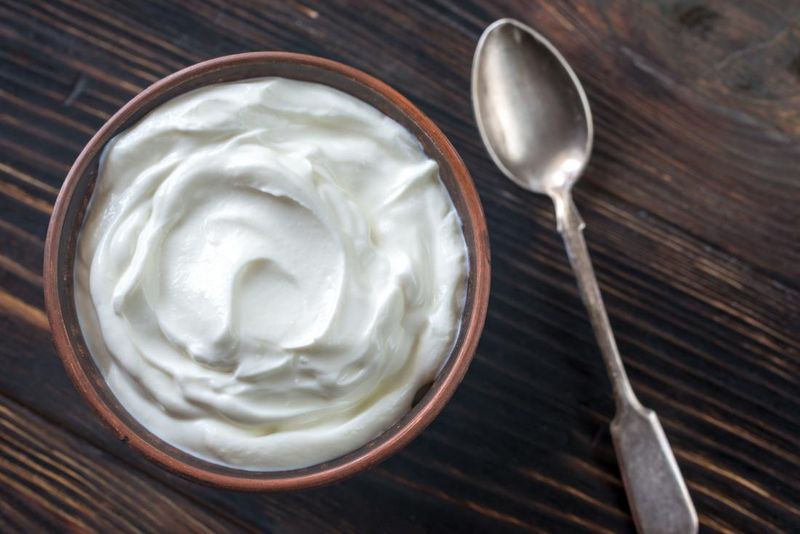
Once shunned for its saturated fat, full-fat yogurt can actually support satiety and gut health. It’s packed with probiotics, calcium, and protein.
The fat helps absorb fat-soluble vitamins and adds creaminess that low-fat versions lack. Just watch for added sugars in flavored types.
6. Dark Chocolate

High-quality dark chocolate is full of flavonoids, which may support heart health and reduce inflammation. The darker the chocolate, the better the benefits.
Look for bars with 70% cocoa or more. A small square after dinner can be both a treat and a nutrient boost.
7. Coconut Oil
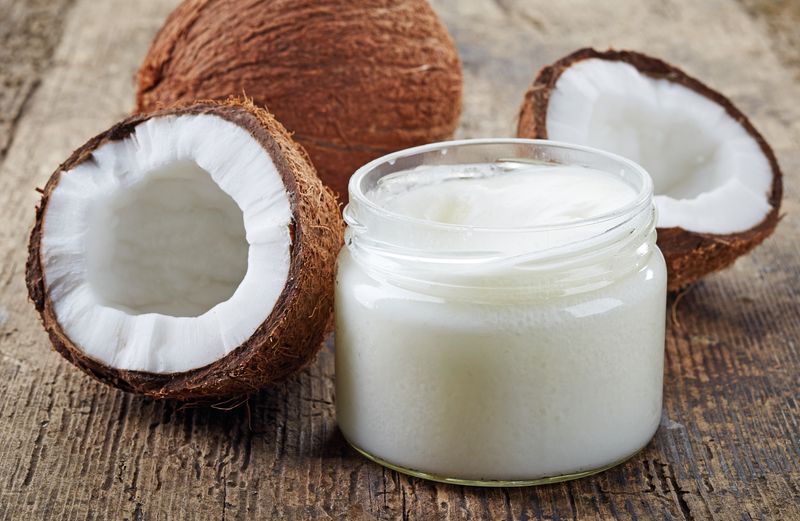
Often criticized for its saturated fat, coconut oil contains medium-chain triglycerides that may support metabolism and energy. It’s also antimicrobial.
Used in moderation, it adds a tropical aroma and can replace butter in baking or sautéing. Balance is key, but it’s far from evil.
8. Coffee
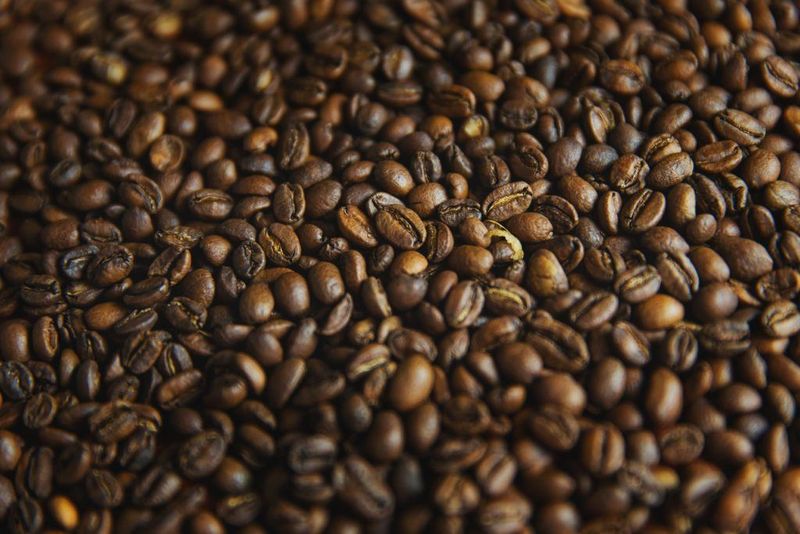
Caffeine isn’t the villain it was once thought to be. Coffee is a powerful source of antioxidants and linked to a lower risk of several diseases.
When enjoyed without loads of sugar and cream, it may support focus, mood, and even liver health. Just watch the portion size.
9. Pasta (Whole Wheat Or Legume-Based)

Pasta can be part of a balanced meal when made from whole grains or legumes. These options offer fiber, iron, and plant protein.
Paired with veggies and healthy fats, it becomes a satisfying base—not just empty carbs. It’s comfort food that can work for you.
10. Avocados
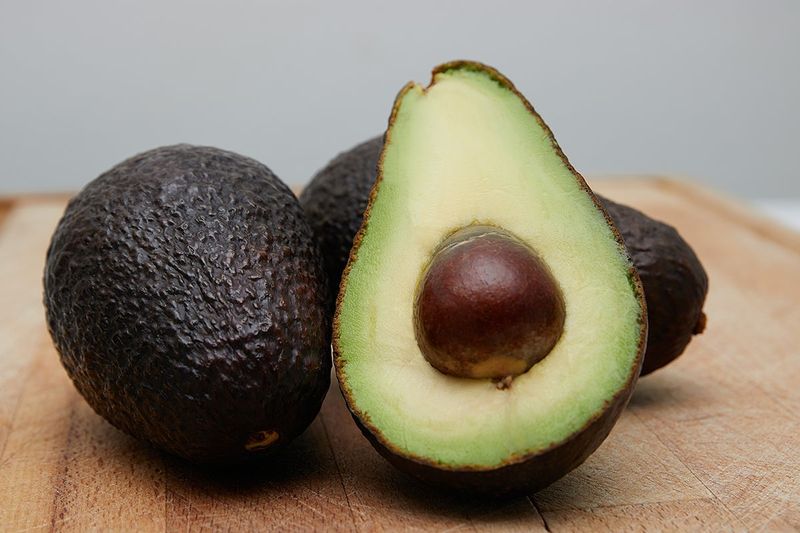
Once deemed “too fatty,” avocados are now recognized for their heart-healthy monounsaturated fats. They’re rich in fiber, potassium, and folate.
Their creamy texture makes them ideal for toast, salads, or smoothies. The fat keeps you full and supports brain function.
11. Cheese
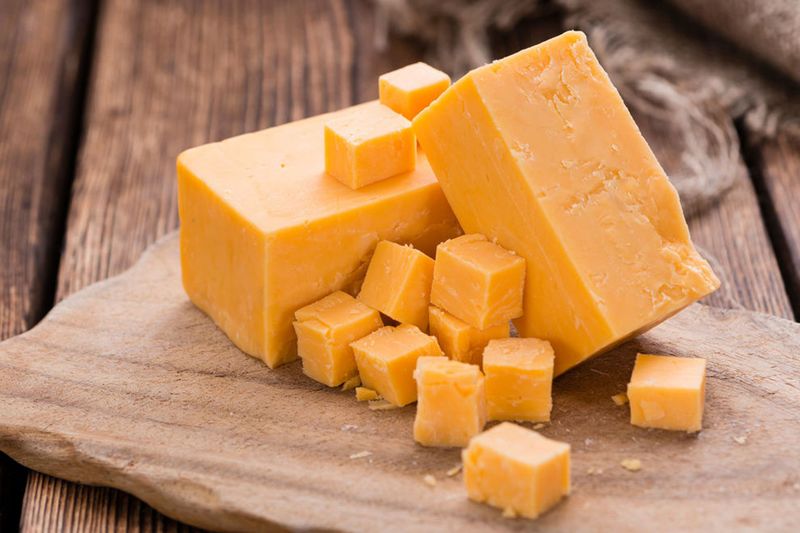
Too much cheese can be a problem, but moderate portions are rich in calcium, protein, and conjugated linoleic acid (CLA). Hard cheeses contain less lactose.
It pairs well with fruit, whole grains, or veggies. Choose aged cheeses for more flavor with less volume—and savor it mindfully.
12. Red Meat (Lean Cuts)
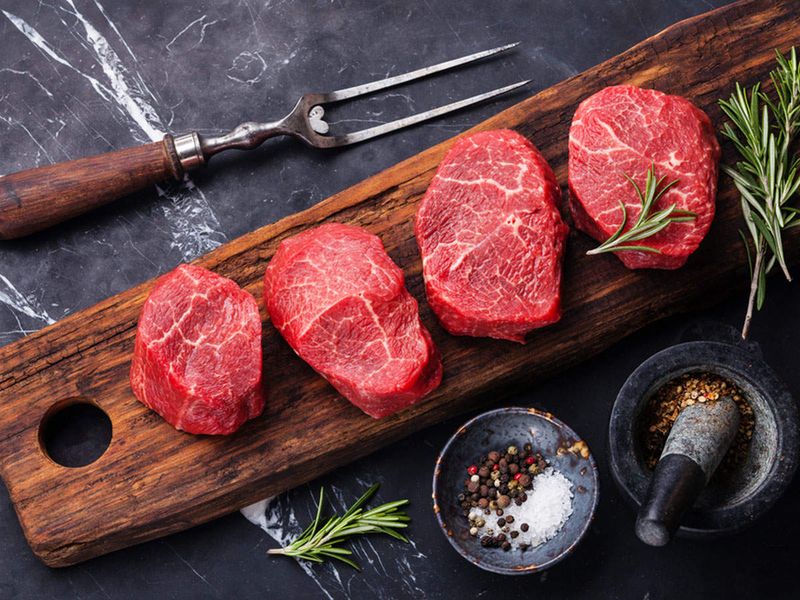
Lean cuts of beef or lamb provide iron, B12, zinc, and high-quality protein. It’s not red meat, but how it’s prepared, that matters.
Grilled or roasted without heavy sauces, it can be a nutrient-dense part of your diet. Just stick to recommended serving sizes.
13. Canned Beans
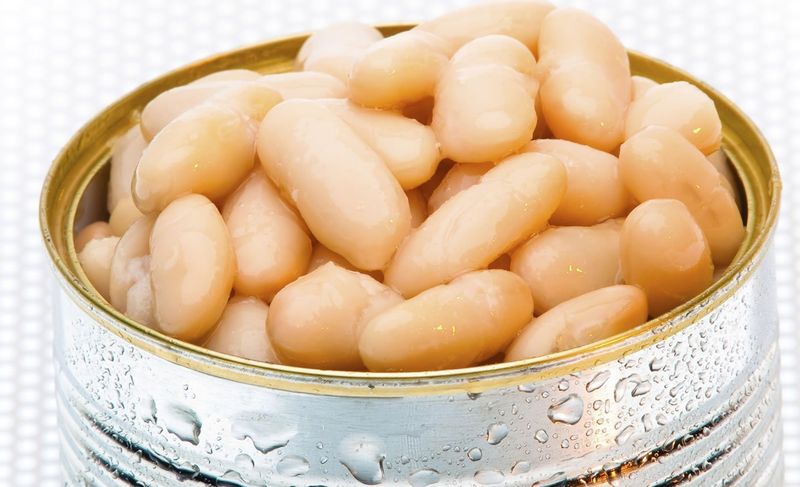
Canned beans are convenient, affordable, and rich in fiber, protein, and minerals. Rinsing them reduces sodium without lowering nutrition.
They’re great in soups, salads, or tacos—and keep you feeling full longer. A pantry staple that deserves more love.
14. Bananas
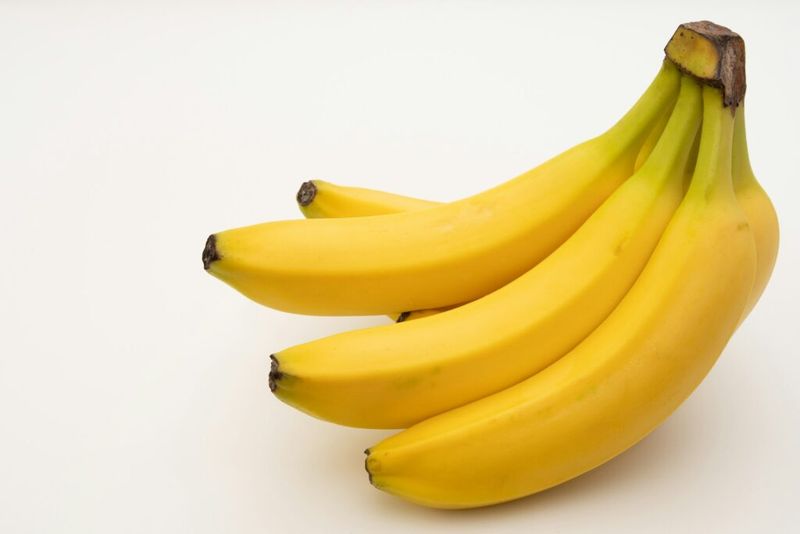
Bananas have been unfairly labeled “too sugary,” but they’re actually a great source of potassium, vitamin B6, and natural energy.
They help regulate blood pressure and support digestion. A ripe banana with nut butter is both comforting and nourishing.
15. Bread (Sprouted Or Whole Grain)
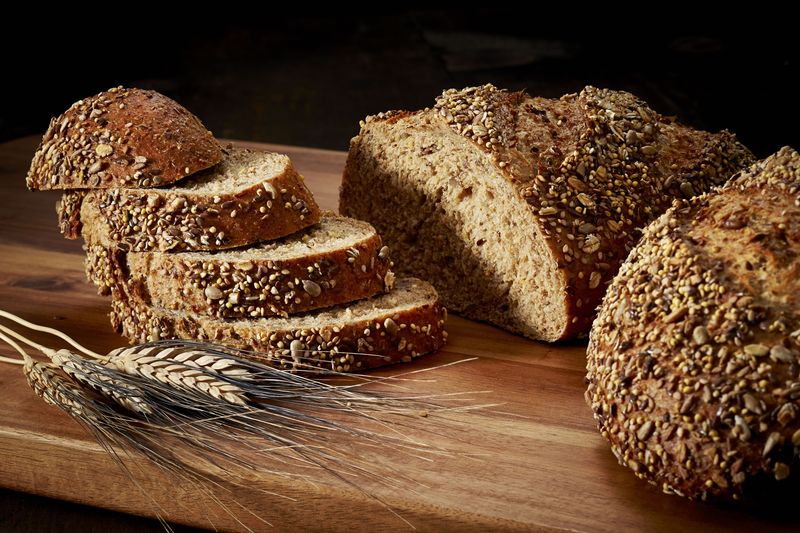
Not all bread is bad. Sprouted or whole grain breads offer fiber, B vitamins, and longer-lasting energy. They’re digested more slowly.
Look for loaves with minimal added sugar and no refined flour. When paired with protein or fat, they become a smart, satisfying choice.
16. Salt (In Moderation)

Salt is essential for nerve and muscle function, though too much can be harmful. In small amounts, it brings out natural flavor.
Choosing mineral-rich salts and balancing sodium with potassium can support health. It’s not the enemy—excess is.
17. White Rice (When Balanced in Diet)

Though often dismissed, white rice is easily digested and can be part of a nourishing meal when paired with fiber and protein.
It’s ideal for athletes, those with sensitive stomachs, or when recovering from illness. Cultural staples can still be healthy.
18. Butter (Grass-Fed Or In Small Amounts)

Butter adds flavor and helps absorb fat-soluble vitamins. Grass-fed varieties offer more omega-3s and vitamin K2.
Used in moderation, it can enhance cooking without guilt. The key is knowing when to drizzle, not drench.
19. Frozen Vegetables
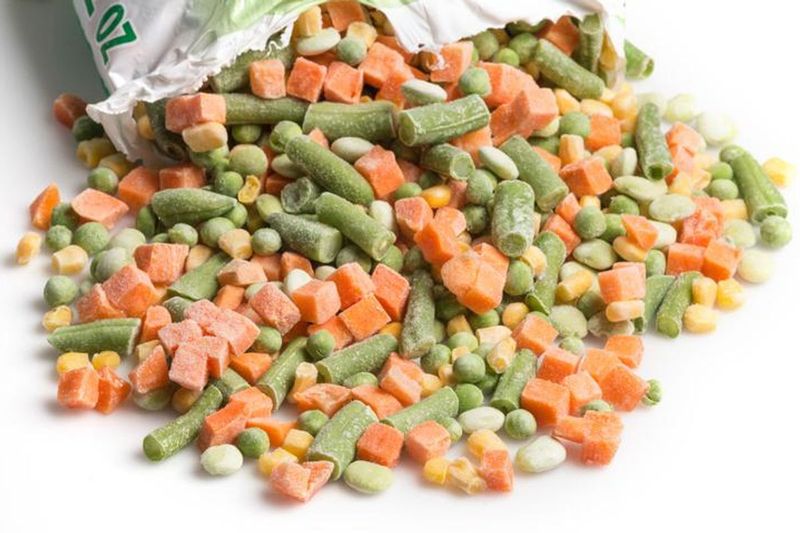
Frozen veggies are flash-frozen at peak freshness, locking in nutrients. They’re convenient and often more affordable than fresh.
They’re perfect for quick stir-fries, soups, or sides. Keep a stash in the freezer to always have greens on hand.
20. Canned Fish (Like Sardines Or Salmon)

These little tins are rich in omega-3s, calcium, and protein. Bones in sardines are edible and provide an added mineral boost.
Canned fish is sustainable, shelf-stable, and flavorful. It’s an underrated pantry powerhouse packed with health benefits.
